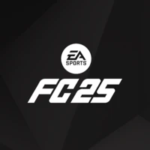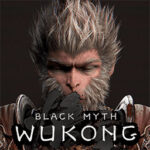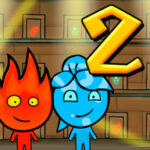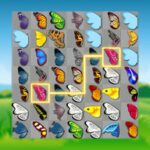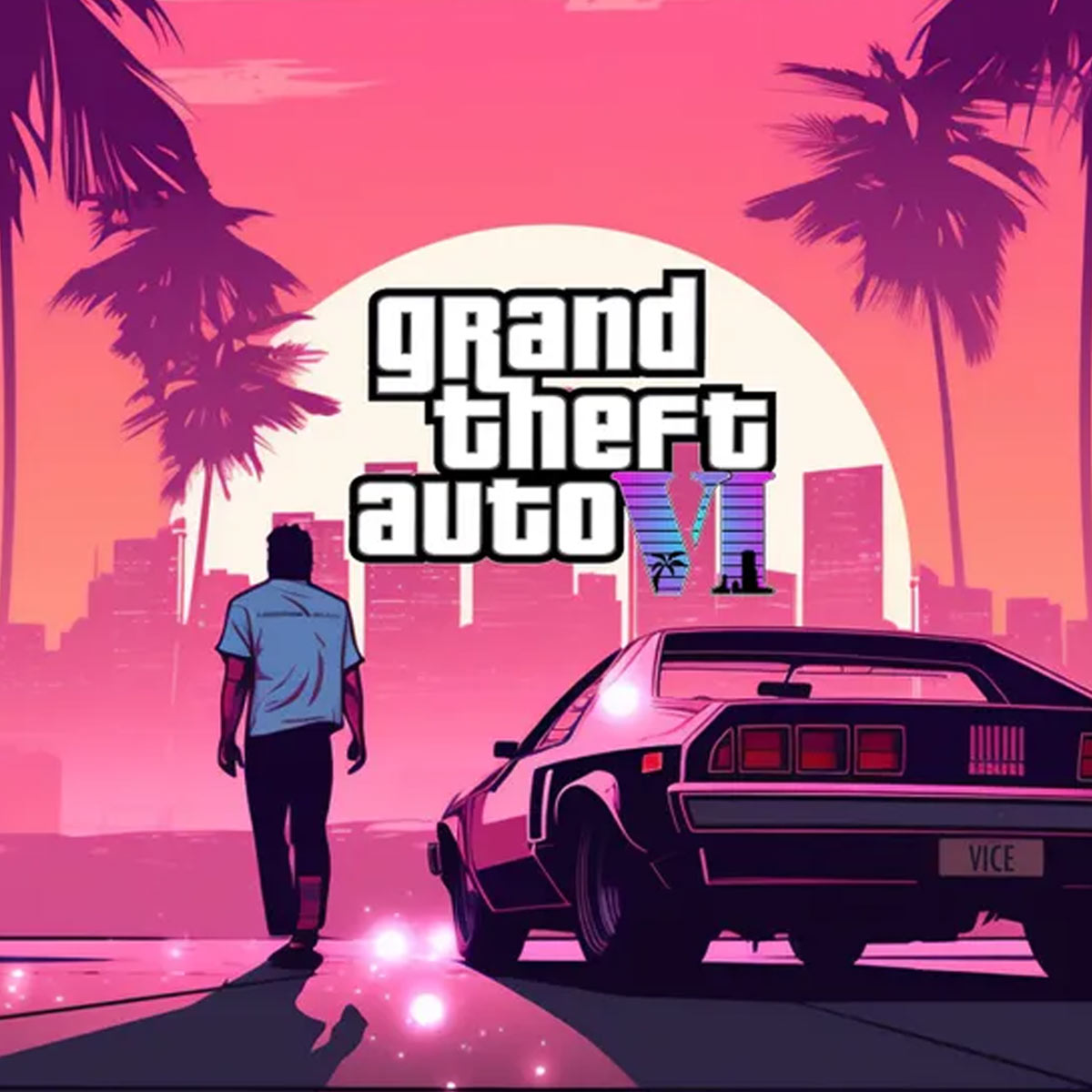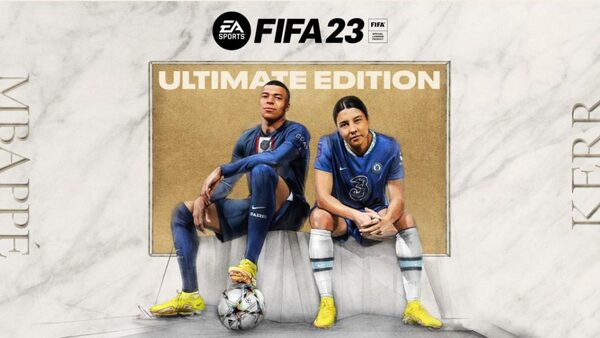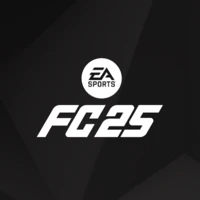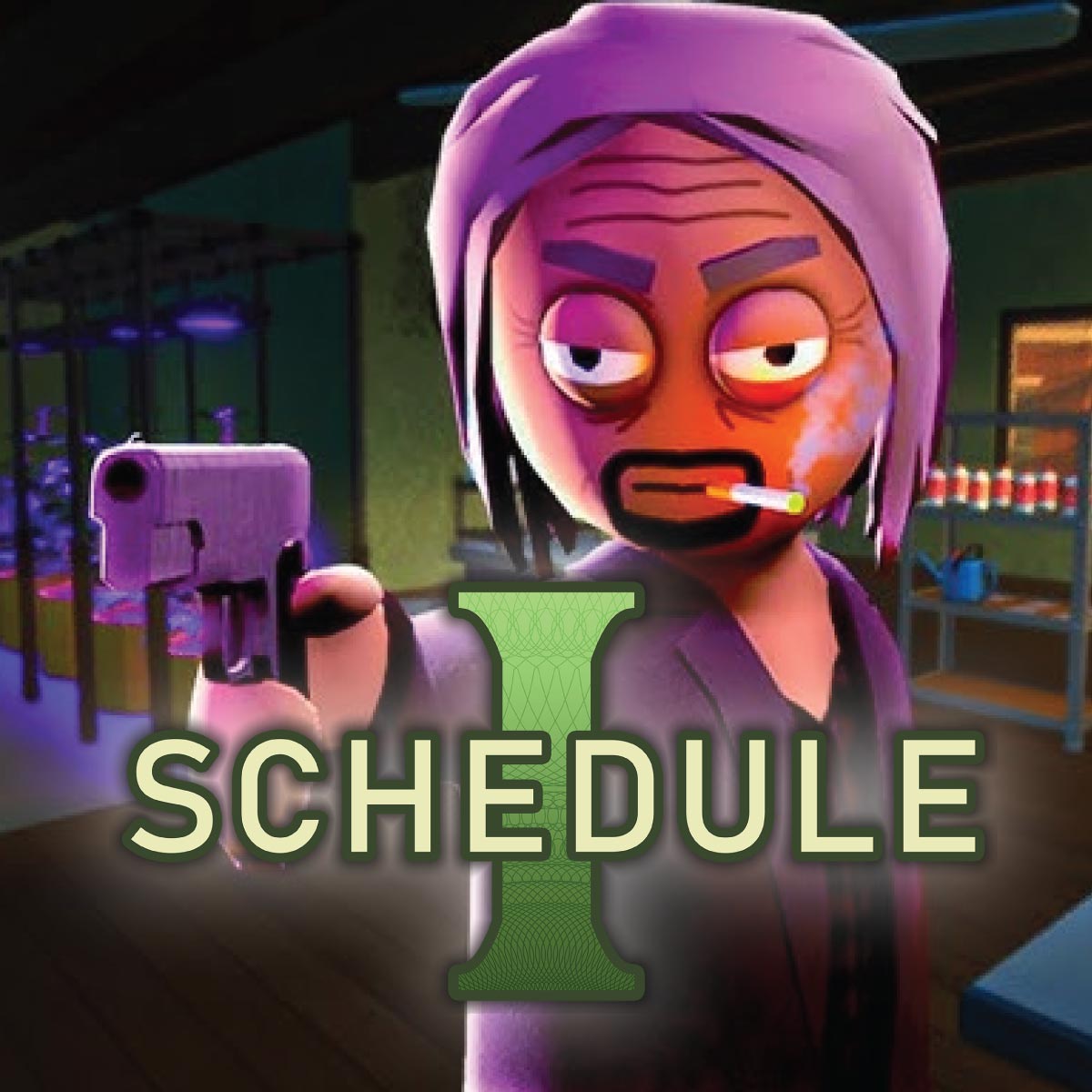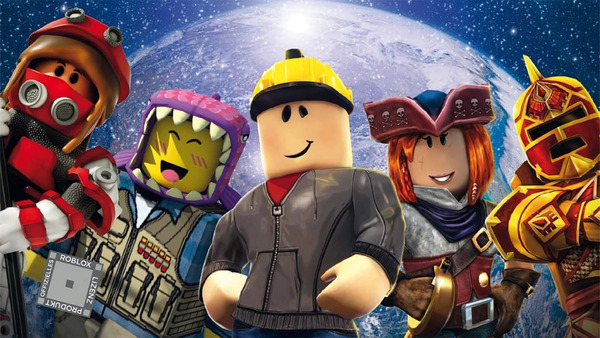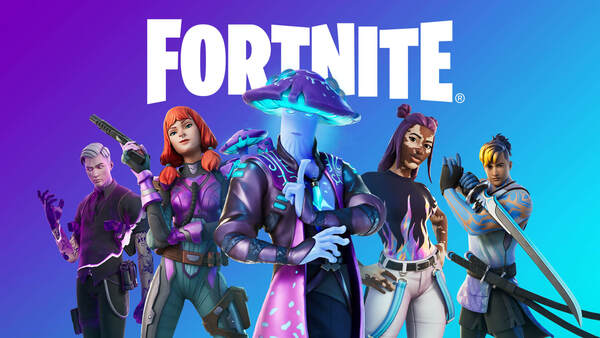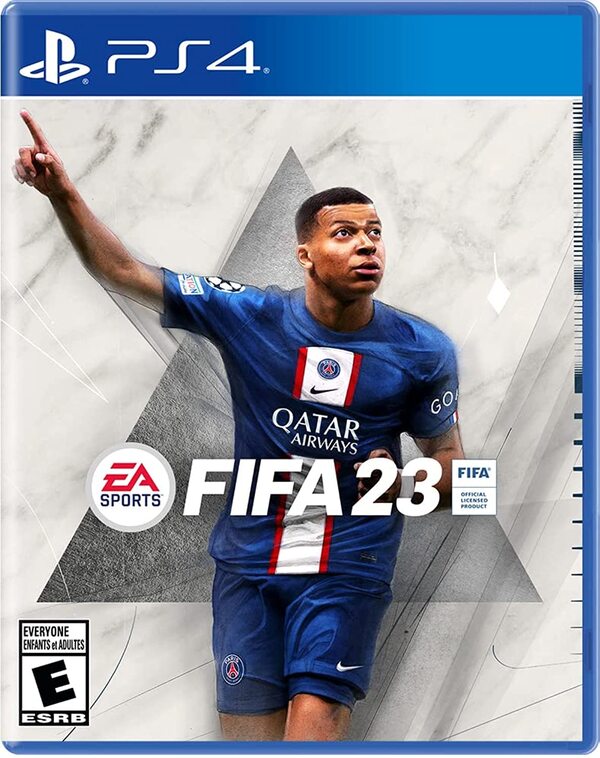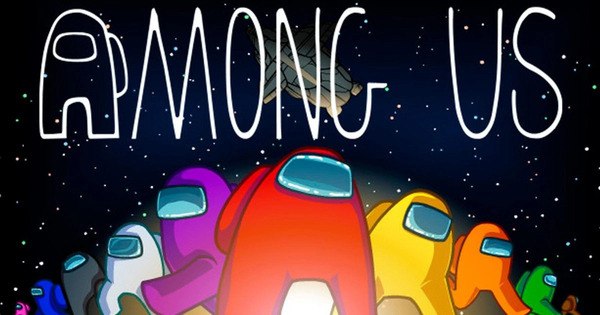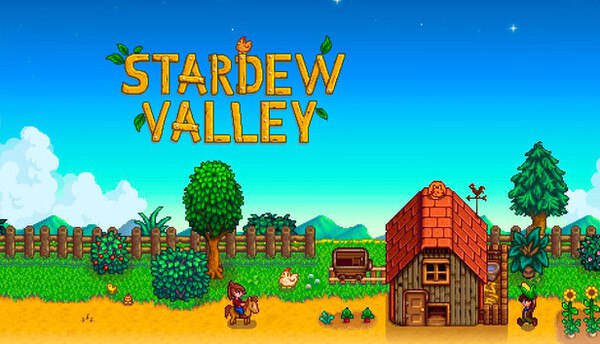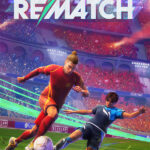League of Legends (LoL), developed and published by Riot Games, stands as one of the most influential and widely played competitive games in the world. Released in 2009, this free-to-play Multiplayer Online Battle Arena (MOBA) title grew from a niche indie project into a global esports powerhouse, spawning its own ecosystem of pro leagues, music, animated series, and fandom culture.
More than a game, League is a living platform with over 160 champions, intricate mechanics, and a player base that spans every continent. With strategic depth, constant updates, and a strong competitive core, League of Legends continues to dominate the gaming landscape over a decade after its release.
1. The Origins of League of Legends
A MOBA Inspired by a Warcraft Mod
League of Legends was inspired by the Defense of the Ancients (DotA) mod for Warcraft III. Riot Games aimed to take the concept of two teams battling for control of a map and make it into a standalone, balanced, and accessible competitive experience.
Upon its release in October 2009, League offered a free-to-play model supported by microtransactions—a business model that was still novel at the time.
Early Adoption and Community Growth
The game quickly developed a loyal following, driven by its fast-paced gameplay and strategic champion diversity. Riot Games maintained consistent communication with players, fostering a strong sense of community ownership that helped League thrive during its early years.
2. Core Gameplay and Objectives
5v5 Strategic Competition
League of Legends pits two teams of five players against each other on Summoner’s Rift, the game's primary map. The main objective is to destroy the enemy’s Nexus while defending your own, but this requires:
-
Controlling lanes
-
Farming minions
-
Securing neutral objectives like Baron and Dragons
-
Winning team fights
Victory demands both individual skill and coordinated teamwork.
Roles and Lanes
Each team features five distinct roles:
-
Top Lane: typically tanky duelists
-
Jungle: controls map pressure and objective timing
-
Mid Lane: high-damage mages or assassins
-
Bot Lane (ADC): ranged damage dealer
-
Support: controls vision and protects the team
Understanding these roles and their synergies is essential to climbing ranks and improving gameplay.
3. Champions and Abilities
Expanding Roster of Unique Characters
League of Legends has over 160 champions, each with a distinct set of abilities, playstyle, and lore. Some are easy to pick up, while others demand high mechanical skill. Champions are categorized as:
-
Fighters
-
Mages
-
Assassins
-
Marksmen
-
Tanks
-
Supports
This diversity ensures that every player can find a champion that suits their preferred playstyle.
Ability Kits and Skill Expression
Each champion has four unique abilities (Q, W, E, R) and two summoner spells. Mastering skill combos, cooldown timing, and itemization enables players to outplay opponents and create highlight-reel moments that define League’s excitement.
4. Game Modes and Match Variety
Classic, ARAM, and Rotating Modes
While Summoner’s Rift remains the core experience, League also offers:
-
ARAM (All Random All Mid): chaotic, single-lane matches
-
Teamfight Tactics (TFT): an auto-battler spin-off with League characters
-
Clash: competitive in-game tournaments for pre-made teams
These alternative modes offer variety and help prevent burnout during long play sessions.
Custom Games and Practice Tools
League supports private lobbies and a robust practice mode for training mechanics. Players use these tools to:
-
Learn new champions
-
Optimize item builds
-
Perfect skill combos
5. Ranked System and Competitive Climb
League Tiers and Divisions
League of Legends features a competitive ladder with multiple ranks:
-
Iron
-
Bronze
-
Silver
-
Gold
-
Platinum
-
Diamond
-
Master
-
Grandmaster
-
Challenger
Each rank reflects a player’s skill and match performance, with LP (League Points) gained or lost per game.
Competitive Incentives
At the end of each ranked season, players receive rewards like:
-
Exclusive skins
-
Icons and banners
-
Ranked borders and loading screen flair
These incentives motivate players to climb higher and improve their skills.
6. Professional Esports and Global Leagues
The Rise of Global Esports
League of Legends hosts one of the most structured and well-funded esports ecosystems in the world, with leagues in:
-
North America (LCS)
-
Europe (LEC)
-
Korea (LCK)
-
China (LPL)
-
Brazil, Vietnam, Turkey, Japan, and more
Each region sends teams to international events like MSI (Mid-Season Invitational) and Worlds (World Championship).
The World Championship
LoL Worlds is one of the most-watched esports events annually, with viewership exceeding 100 million. Teams compete for the Summoner’s Cup and multi-million-dollar prize pools, with iconic organizations like T1, G2, DRX, and Fnatic writing history.
7. Skins, Events, and Monetization
Cosmetic Skins and Thematic Lines
League generates revenue primarily through champion skins, which range from simple recolors to full thematic reworks. Popular skin lines include:
-
Star Guardian
-
PROJECT
-
K/DA
-
Spirit Blossom
-
Arcane
Skins are purely cosmetic and do not affect gameplay.
Events and Battle Pass System
In-game events introduce:
-
Mission chains
-
Cinematic trailers
-
Limited-time rewards
-
Event-specific loot passes
These events often tie into lore or champion releases and are accompanied by large community engagement.
8. Lore, Universe, and Cross-Media Expansion
Runeterra and World-Building
League’s champions are part of a deeply interconnected universe called Runeterra, composed of regions like:
-
Demacia
-
Noxus
-
Ionia
-
Piltover & Zaun
-
Shurima
-
The Void
Each region has its own conflict, politics, and characters, explored through in-game bios, short stories, and cinematics.
Arcane and Multimedia Content
The Netflix series Arcane brought League’s lore to a wider audience. Set in Piltover and Zaun, it featured characters like Jinx, Vi, and Jayce, receiving critical acclaim and introducing new fans to the game. Riot has also released:
-
K-pop music (K/DA)
-
Metal albums (Pentakill)
-
Animated trailers and comics
9. Balance, Patching, and Community Feedback
Regular Updates and Champion Adjustments
League is patched every two weeks, bringing:
-
Balance tweaks
-
Bug fixes
-
Item changes
-
Meta shifts
This ensures no strategy stays dominant forever and keeps the game dynamic.
Community Tools and Feedback
Riot uses forums, Reddit, and the in-game client to collect feedback. Tools like:
-
League of Graphs
-
OP.GG
-
Blitz App allow players to analyze stats, builds, and trends.
10. The Future of League of Legends
New Games and Spinoffs
League’s universe continues to expand through:
-
Legends of Runeterra (card game)
-
Ruined King (RPG)
-
Project L (fighting game)
-
Arena mode and other limited-time game types
These spinoffs help keep the franchise fresh and introduce new ways to engage with Runeterra.
A Lasting Legacy
With over a decade of dominance, League of Legends remains one of the most played and watched games in the world. Its blend of skill expression, strategic depth, and constant evolution ensures it will remain a pillar of the gaming community for years to come.
Whether you’re grinding ranked, cheering for your favorite pro team, or diving into Arcane’s storylines, League of Legends offers something for every gamer. It’s not just a MOBA—it’s a universe.






